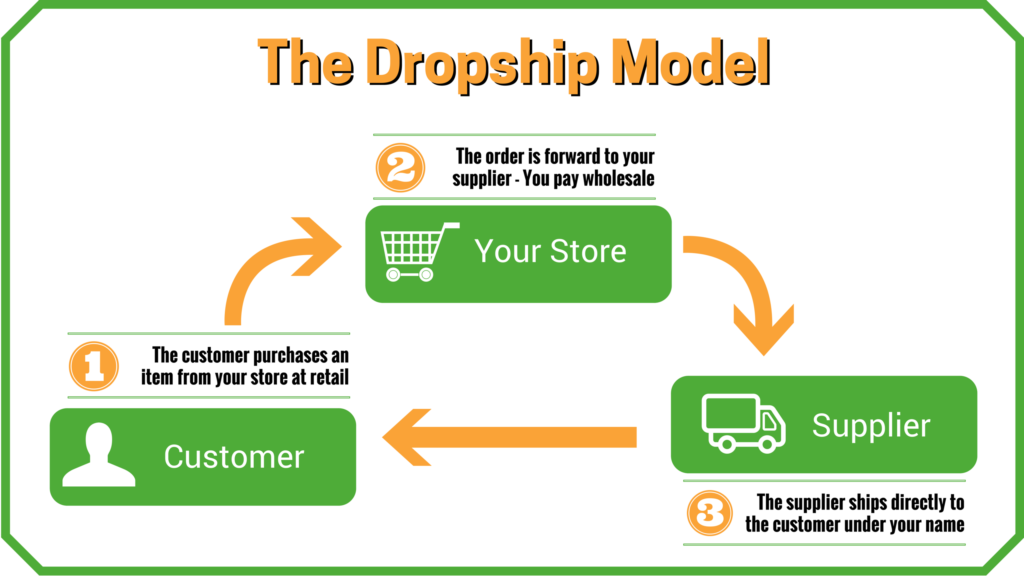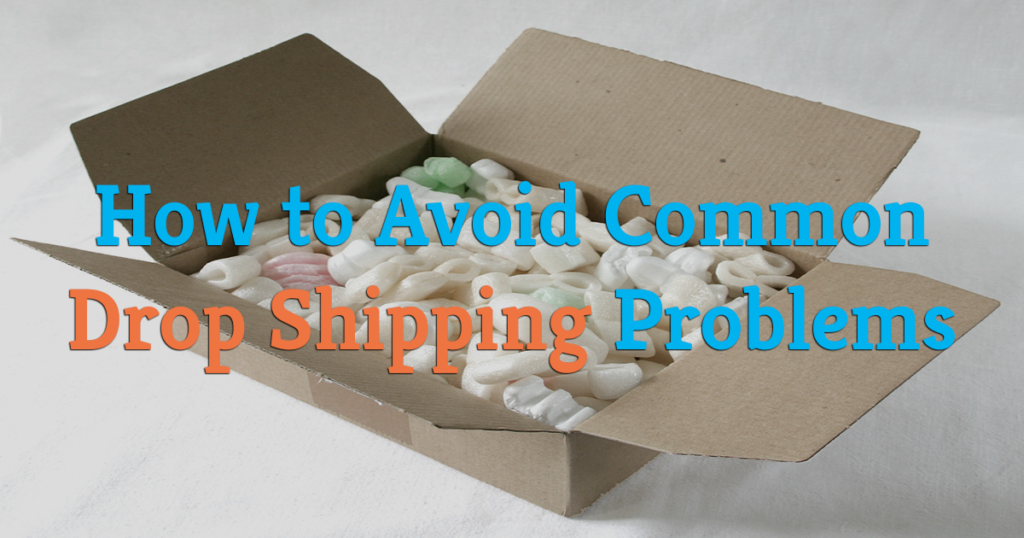Dropshipping is perhaps one of the best ways to run an eCommerce shop. After all, it allows anyone to set up a business with virtually little to no upstart cost as there’s no need for inventory. However, this model can come with a significant cost if you’re not careful, making it more trouble than it’s worth.

One of the most important aspects of running a drop shipping company is having a solid logistical support system around you. This includes searching for distributors, vendors, and shipping companies that are going to get the product to your customers safe and sound, but that’s not always the case. Almost all of us have seen or heard the horror stories of a damaged package or having the wrong goods shipped, which on the flip side, can be just as much of a headache for the customer as it is the business. But not to worry, as that’s exactly what I’m going to walk through today.

Common Problems
On average, it’s estimated that roughly 1 out 10 packages arrive at their location damaged. This accounts for approximately $50 billion in lost cargo per year, a pretty staggering statistic when you factor in additional shipping, time loss, and most importantly, the chances of an unhappy customer not wanting to return to your store. While damaged packages are inevitable in the drop shipping business, it’s something you’re going to not only protect yourself from but set up additional logistical options to alleviate an angry customer.
The problem with drop shipping in this regard is that while it’s great not to have inventory as a cost saving technique, this can be a time when it’d be incredibly helpful. For example, on a limited release of an item, there’s no telling when a customer can get it again, especially if the distributor hasn’t factored in returns for dropshipping orders. Damages can be tough to sort out, particularly in determining who is liable, as well as how to resolve the problem.
Beyond just damages, there are the logistical issues surrounding if someone gets the wrong item and who they need to send it back to/return their money. This can be a headache in itself regardless of the distributor, and something you should consider setting up preventive measures for. Plus, this can lead to bad word of mouth, which will cost you way more than you’d imagine in the long run. However, there are plenty of preventive steps you can take that will make sure things run smoothly.
What You Can Do To Prevent It
It’s estimated that the average cost to start a dropshipping business is around $274, which is only scratching the surface. Keep in mind, if you’re shipping internationally, that’s going to be an added cost, as well as other factors such as insurance, contracts (I.E. paying upfront to land a vendor), or even just average incidentals. All of these considerations are going to contribute to the total cost of your operation, as well as estimating the amounts for logistics.
First, let’s take a look at where your sources are coming from, choosing the right dropshipping supplier is the first step to ensuring that your deliveries are facilitated expertly and efficiently. If it’s local or items that are widely available, I’d suggest finding a distributor that’s central to where your customers are. This will not only get them the product faster but reduces the number of hands that it has to go between, limiting the amount of potential damage. Additionally, it might not be a bad idea to have a package shipped to you from the distributor to see what type of shape it’s in. Overall, the more direct you can get, the better as going through third parties to cut costs might end up not being worth the struggle.
If you have to ship internationally, then I highly suggest you look into ePacket shipping. Basically, these are lightweight, compact packages that help reduce the cost of shipping overseas while still protecting the items at hand. Again, your best bet is to check out how this solution works first hand before pulling the trigger on setting up a deal.
Finally, if you haven’t already, then it’d be wise to potentially invest in some drop shipping software to help out with logistical concerns. Some excellent solutions I’d recommend include DSCo or Sparkshipping. While it’s ultimately up to your sales volume on if something like that is worth it, I highly suggest it if your looking to expand.
As dropshipping can be one of the best ways to run an eCommerce shop without breaking the bank, how do you plan on making sure your business runs to a T?


